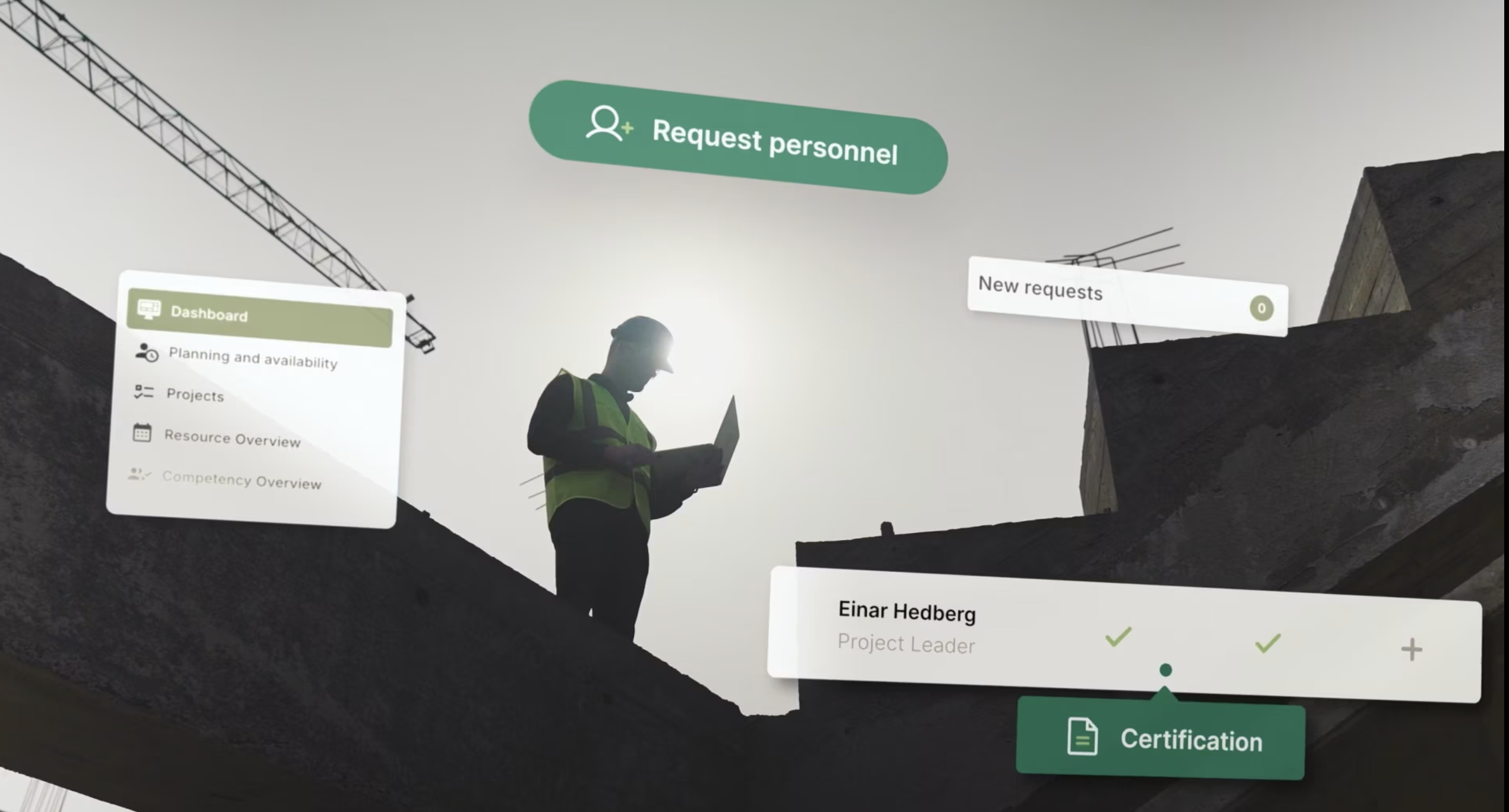In the construction industry, optimal resource allocation is everything. The right people, machines, and equipment must be available at the right place and time, not just once but consistently throughout a project’s lifecycle. When resource planning fails, the results are immediate and costly: project delays, idle crews, underutilized machinery, and a negative bottom line.

Despite operating in one of the world’s most dynamic and complex industries, many construction companies still manage resource planning through Excel spreadsheets, email chains, phone calls, and disconnected systems. These methods create several challenges:
This inefficiency is more than an operational headache; it’s a business risk. Every misallocated machine, delayed crew, or unused day negatively affects the bottom line. Multiply that across multiple projects, and the financial impact is significant.

Resource mismanagement isn’t just about project delays; it erodes profitability in three main ways:
Without accurate, centralized data, construction companies also lose the ability to forecast effectively. Resource needs become guesswork rather than data-driven decisions, making long-term planning nearly impossible.
Many construction companies turn to manual processes and Excel sheets because there aren’t any off-the-shelf solutions that solve their unique needs for resource management, and developing a custom solution is expensive and time consuming.
This is why no-code shines in the construction industry. At Appfarm, we’ve helped leading construction companies replace outdated, manual processes with digital tools designed for the realities of the industry. Our Resource Planning Solution Starter was built specifically to address the recurring challenges faced by contractors and project-driven organizations.
The solution starter enables companies to:
Every implementation is fully customizable, adapting to your existing workflows and terminology, so there is no need to change how you operate. And because the platform is no-code, deployment happens in weeks, not months or years.
One of our clients, POB, replaced their Excel-based resource planning with a tailored Appfarm solution to manage personnel, machines, and equipment across multiple projects.
In just weeks, they moved from manual coordination to a fully integrated system. The rollout was led internally, without lengthy custom development. The result? Full visibility of resources, reduced misallocations, faster decision-making, and significant cost savings.
If your resource planning still relies on spreadsheets, email threads, and siloed systems, you’re likely losing time and money every day.
We’ve helped multiple construction companies such as Hæhre, Anlegg Øst, Park & Anlegg and more, transform their planning from reactive to proactive in a matter of weeks, giving them control, visibility, and the confidence to plan ahead.
We are hosting a live webinar where you can learn what you need to consider in order to get your resources under full control. Read more and sign up here.
If you want to discuss your current situation and get ideas on how to proceed, we would love to talk to you!

See tasks that used to take hours, be completed in seconds. Champion change that creates business value.